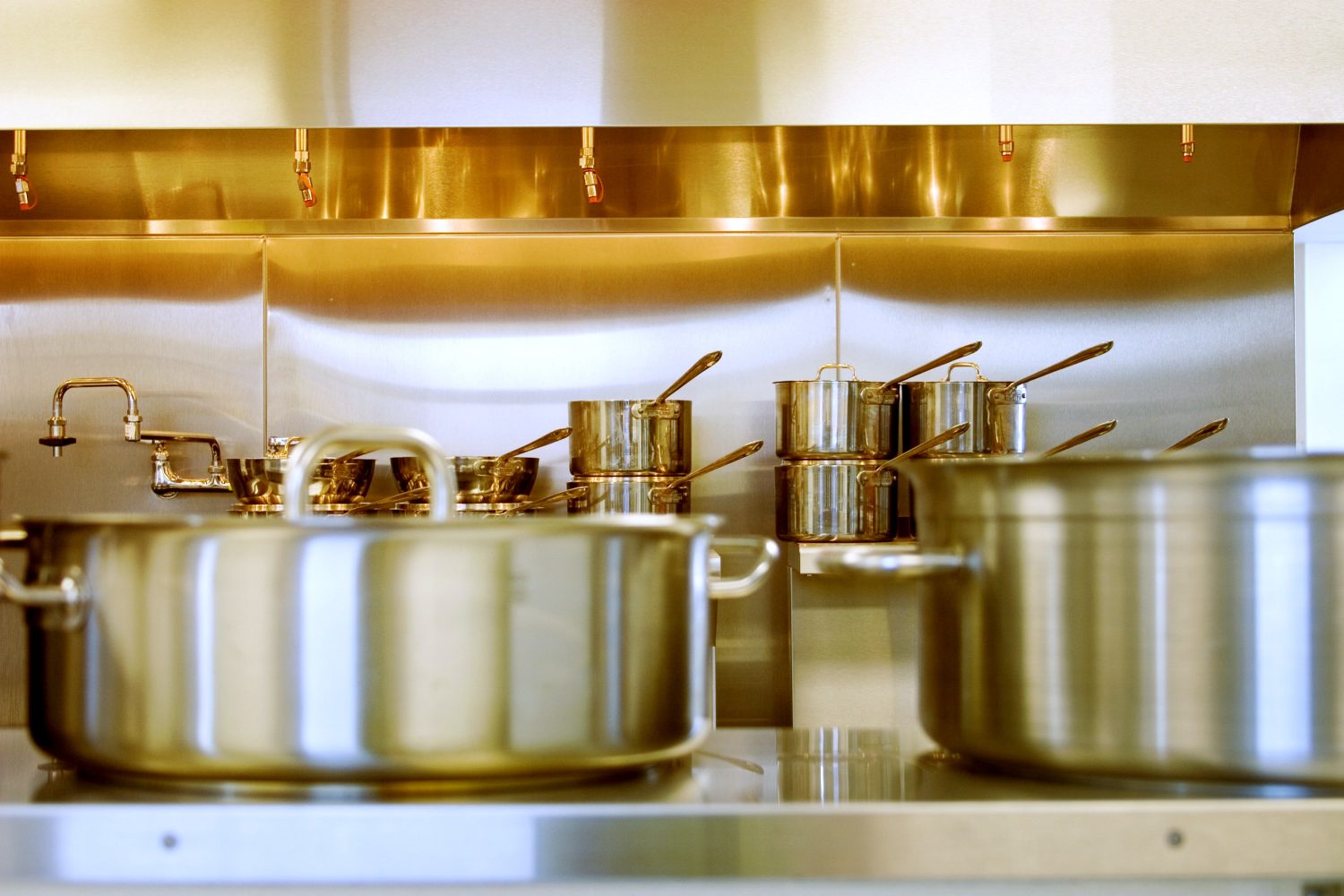Can you weld stainless steel?
19th Aug

Yes, you can weld stainless steel. Stainless steel is well known for its resistance to corrosion and use in cases where hygiene is particularly important. Despite its tendency to distort easily when heated, its lower thermal conductivity means the heat energy is not dispersed from the welding zone as quickly, which is helpful during the welding process. It is easy to work with if you want to weld it, but with our tips and advice below, you can gain a greater insight into welding stainless steel.
Is it difficult to weld stainless steel?
Welding stainless steel can be done with the MIG welding process, TIG welding, or MMA (stick welding). Like with any weldable metal, stainless steel has its own quirks and behaviours when it is under the arc. Getting the best result from this alloy, when it has a minimum 10.5% chromium content, can take an extremely long time.
Along with the equally troublesome aluminium, it is, without doubt, one of the more difficult materials to weld. However, it is by no means impossible.
Which welding method is best for stainless steel?
Deciding on the right process essentially comes down to the details of the task at hand and the qualities you need from the finished weld. If cost is an important factor in your stainless steel fabrication it could be that MMA is best, but if you are looking for precision with thin materials TIG is likely going to be the preferred approach.
MIG welding stainless steel
To start, as with any welding process, your MIG welding machine should be set up in the correct way for stainless steel. It is recommended that you always fit a Teflon wire liner, as you will be able to get good wire feed and it stops the wire from becoming contaminated. Stainless steel fabrication design might mean this alloy is highly resistant to corrosion, but it is still susceptible to contamination.
When you are welding stainless steel with MIG, any ferrous material (including steel liner contamination) in the weld pool can easily create rust spots on the finished product. You will also want to ensure your MIG torch is in good condition prior to starting your weld.
Similar to the aluminium welding process, you might want to buy a larger torch size than you would use for normal steel. This is because welding stainless steel generates more heat, a bigger torch will carry higher amperages better. Going back to the issue of contamination, it is essential that you only use stainless steel wire brushes and grinding/cutting discs whenever you are working with this metal.
As well as the risk of ferrous contamination with stainless steel, you need to check that your working area is clear of iron or steel dust, or any ferrous oxides. This might sound over the top, but it is essential.
Thoroughly cleaning your materials and workspaces is always a good practice for successful welding. When it comes to stainless steel, avoiding even the smallest of particles is crucial to avoiding contamination and completing the best weld.
Next is one of the most easily mistaken parts of MIG, having the correct wire type and diameter. This is project specific as with all parts of the welding process so seek advice if you need tailored guidance. More advice shared in relation to aluminium welding is the importance of clamping and tack welding your workpiece to prevent movement and distortion via cracking.
What gas is used for MIG welding stainless steel?
The right choice of gas matters when you are MIG welding stainless steel. You might be using pure argon or a combination of argon and some minor gases to improve starting. Alternatively, you might need a specialist gas mix, particularly if you’ve got more unconventional stainless steels like Inconel, Hastelloy, or Monel alloys. With stainless MIG welding, you will use a slightly increased gas-flow rate of about 14-16 LPM.
TIG welding stainless steel
If you are TIG welding stainless steel, you can use a DC-only machine or AC/DC TIG welding machines set in DC mode. The most important thing is to make sure your machine has enough power to weld stainless steel.
For more information about TIG welding check out our TIG welding guide.
MMA welding stainless steel
MMA is the easiest of the three welding processes to set up (most importantly, select the right electrode for the weld). In addition, it is the least expensive method for welding stainless alloys.
As long as you have a welding machine that has stick welding capabilities, all you really need to get started are some suitable rods. In this process, there is no gas, torch, foot pedals, or torch consumables, it is welding in its most basic form.
Stainless steel will move on a welding table, so make sure you clamp or tack weld it your workpiece. Double check you have chosen the right electrode (316, 308, or 312 are standard).
Keep in mind that you won’t be able to weld thin sheets of stainless steel. A lot of welders will find it difficult with a sheet of stainless steel that is less than 2mm thick. It all comes down to the lower controllability of the MMA arc for these applications. Whilst thin sheets will be a challenge, welding mild steel to stainless steels or high-carbon tool steels will play to MMA’s strengths.
Pre-heating usually helps with certain stainless steels as it can help to stop cracking. This is most often done with a blow torch, an oxy acetylene, or oxy propane torch.
For more information about our metal fabrication or stainless steel fabrication services contact the team at FEM today.